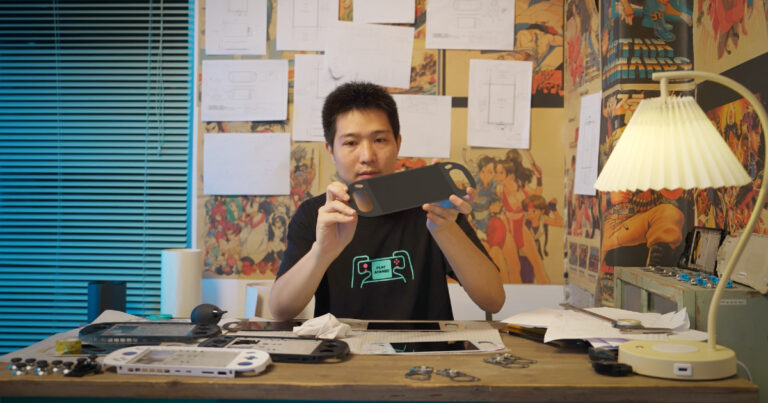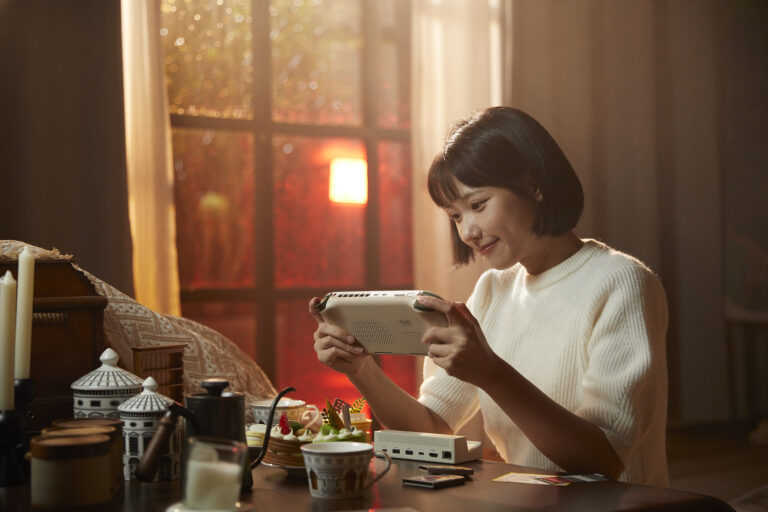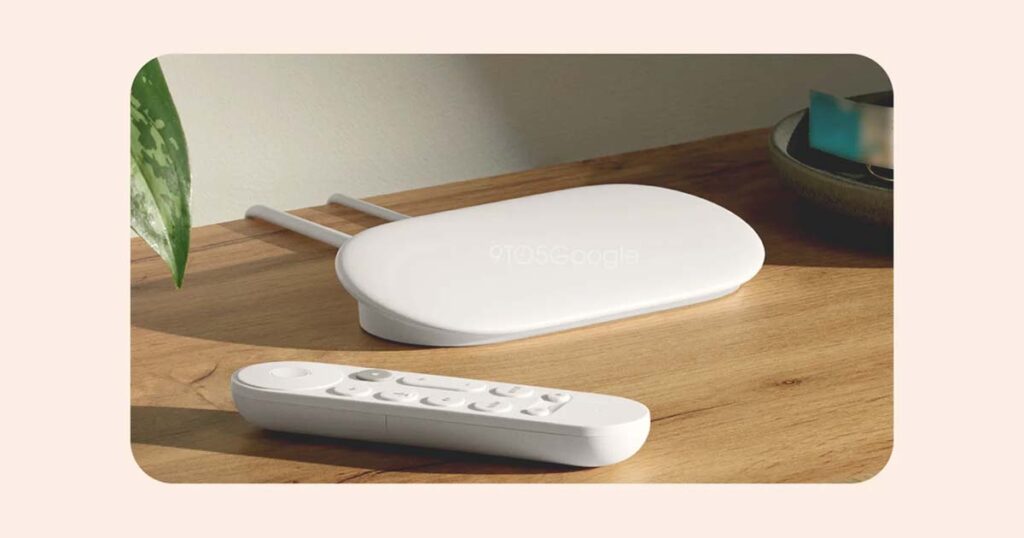Published on November 26, 2023
There are two types of gamers in Australia. Those who still think that Valve will one day bring the Steam Deck to the territory, and those who have long since given up hope and thrown their hopes, dreams and spare cash at one of the many other gaming handhelds that have followed in its shadow.
Earlier this year, ASUS launched itself into the space with the ASUS ROG Ally while Lenovo upped the ante with the Lenovo Legion Go. Long before either of these heavyweights took their swing however, Ayaneo was making a name for itself as the brand behind the best alternatives to the Steam Deck out there.
In the two years that have passed between the release of the first Steam Deck and the unveiling of the new Steam Deck OLED, the company has brought almost a dozen devices to market. The very first of these – the original Aya Neo gaming handheld – was announced just a few months before Valve first showed off its take on the concept and shipped a handful of months afterwards. Despite that tight timing, the launch of 2021’s Aya Neo was longer in the making than one might expect.
Speaking to Reviews.org, Ayaneo CEO Arthur Zhang explained that the company was hard at work on its big debut well before the unveiling of the Steam Deck. The finished product jump-started the brand with around 1,500 units sold in 13 hours in China, and almost double that internationally.
Of all the products that the company has launched to date, he said that this one was the most challenging “because it was our first product, and the company was still in the initial stage at that time, so there were enormous challenges in all aspects.”
“We had very high demands on its appearance, design and overall quality, so we spent several months testing and verifying it repeatedly, constantly trying new materials and changing the OEM factory to achieve our high standards,” he said.
During this time, Zhang said that he slept for only a few hours a day and had to work together with the wider Ayaneo team to overcome various difficulties, from sold-out silicon to issues with component moulds.
Although it sparked a wave of similar devices, the first Aya Neo was by no means the first device to try and marry the form factor of the Nintendo Switch with the versatility of a Windows PC.
Zhang describes himself as a lifelong gamer who found many of the earlier incarnations of this particular form factor, such as the ONEXPLAYER wanting.
“I am a heavy gamer, handheld enthusiast, and tech fanatic,” he said.
In his university years, he was part of the YYJoy translation team. During this period, he helped localise Nintendo DS games like Pokémon, Castlevania and Hotel Dusk 215 for Chinese audiences.
He’s since moved on from the dual-screened device, but it’s hard not to look at the likes of the Ayaneo and think about how Zhang’s personal history with this style of device has informed the company’s products.
“Over the past few decades, I have purchased a lot of handheld devices and digital products, which have brought me infinite joy and a lot of insights into products.”
Zhang encountered many pain points with these products, “such as a series of problems that existed in the traditional design language, grip experience, operating features, and software and hardware interaction experience.”
Those thorns provided a catalyst for Ayaneo writ large. The world wasn’t going to give Zhang the handheld he wanted, so he’d have to build it himself.
Thanks to several earlier forays into the world of ecommerce, Zhang had a solid network of supply chain resources he could draw on in pursuit of this lofty goal.
Based in Shenzen, the company has come a long way since Zhang founded it in 2020.
“After several years of development, our team has become more comprehensive than when we were first established, with complete hardware and software development, marketing, and sales teams.”
These days, the company fields a large team that encompasses both software and hardware development. Despite the change in scale, Zhang said that Ayaneo’s broader attitude and process haven’t shifted all that much.
“When the product is approved, the industrial design team and I will determine the visual design style based on the product definition. At the same time, we will repeatedly adjust and refine design details based on feedback from the hardware team.”
The short version is that the team creates highly detailed prototypes using 3D printing and then works to optimize from there rather than approach things from a specs-first standpoint. The broader philosophy behind this strategy is that real gamers know what the needs of that audience better than any marketing team does.
“We started from the actual needs of gamers and put a lot of effort into design, operation experience, and software experience, etc. Gamers can feel the distinctive Windows handheld experience on AYANEO handhelds,” Zhang explained.
Where its rivals are offering one-size-fits-all solutions, Ayaneo wants to build handhelds that suit a more diverse range of needs. To date though, Ayaneo has mostly focused its efforts on Windows handhelds. However, it’s recently begun to branch into new categories like Android-based gaming handhelds.
“We will expand into more categories to deliver great products to a broader user base,” he said.
Looking forward, Zhang expects that developments in the semiconductor industry will yield better and better performance and a smoother gameplay experience for gamers who opt to play on hardware like the Ayaneo and the Steam Deck.
However, since the handheld console’s size and space are always going to be subject to the same physical limits, he argues that efficiency improvements are a much bigger deal than gains in performance.
“Improved efficiency can better balance power consumption, heat dissipation, gaming performance, and battery life, which is undoubtedly the core experience for handheld consoles,” he said.
While more and more brands enter the handheld PC space, offering new competition to the likes of the Ayaneo, Zhang’s attitude is that this influx will benefit everyone in the space like a rising tide lifts all boats.
“I believe that the market size of Windows handheld consoles will continue to expand and may even become a rising category within the declining PC industry,” he said.
As for the Steam Deck, Ayaneo’s most obvious and popular competitor, Zhang isn’t that worried. While Valve has some pretty big advantages, Ayaneo has plenty of its own.
“Undoubtedly, Steam, as a prominent brand, has the advantage of its own gaming platform and brand recognition. However, we possess unique strengths, such as the latest hardware, superior design aesthetics, high-quality screens, and advanced control experiences, which currently differentiate us from the Steam Deck.”
To complement that, Ayaneo is looking at expanding its retail channels to reach more customers and make it easier for them to purchase its products.
“We are in negotiations with more retailers, allowing consumers in more countries to personally experience and enjoy our products through offline channels, providing them with extraordinary experiences,” he said.
The other big strategic priority for Ayaneo is software.
As noted in our review of the Ayaneo Air, the software powering the experience sometimes leaves something to be desired. While there’s still plenty of work to be done, Zhang said that a desire to offer a better software setup for handheld PCs has been part of the Ayaneo mission from the start.
“From the very beginning of our establishment, I have made it clear that the strategic development of software and hardware integration is essential. This is because, at that time, one of the worst experiences of Windows handheld devices was the lack of convenient and easy-to-use management software.”
According to Zhang, software is an essential part of the comprehensive handheld experience. In the future, the company have ambitions to build a software ecosystem that ties together all AYANEO devices under a single account.
“We will continue to invest in research and development to continuously improve the management software experience of handheld devices,” he said.
Asked how Ayaneo can ship products so much faster than its competitors, Zhang pointed to a series of deeper differences between the company and its competition.
“We are different from Steam or other major brands since they often dominate traffic platforms or have more robust supply chain resources, which we currently cannot achieve. It would be very risky to blindly confront them directly.”
Therefore, he argued that Ayaneo needs to engage in differentiated competition. This approach benefits from the convenient fact that Windows-based handheld consoles are a niche market with diverse consumer demands.
“Some people like to pursue the latest hardware, some prefer small sizes, some prefer large sizes, some like straight screens, and some like keyboards. Facing the numerous demands of consumers, it is impossible for a major brand's single SKU to fully satisfy everyone, and this is where our advantage lies.”
While Ayaneo has snagged its fair share of international attention over the past few years, Zhang acknowledged that getting the brand to go global remains a significant challenge. While media coverage of its crowdfunding campaigns has got Ayaneo pretty far, the company are now looking to collaborate with global game publishers like 505Games to further expand its visibility and profile.
“More importantly, we have a more extensive product line with different screen sizes, Windows and Android handheld devices of different sizes. Consumers can easily find their favourite handheld devices from us, all of which have a first-class comprehensive experience.”
“We will not compete head-to-head with Steam, but seek common ground while reserving differences, and create better products and experiences for gamers with different product strategies.”
We waste our time, so you don’t waste yours
There’s too much good TV and not enough time. We take the guesswork out with our weekly picks for what to watch.
You can’t watch it all, so we watch it for you.










